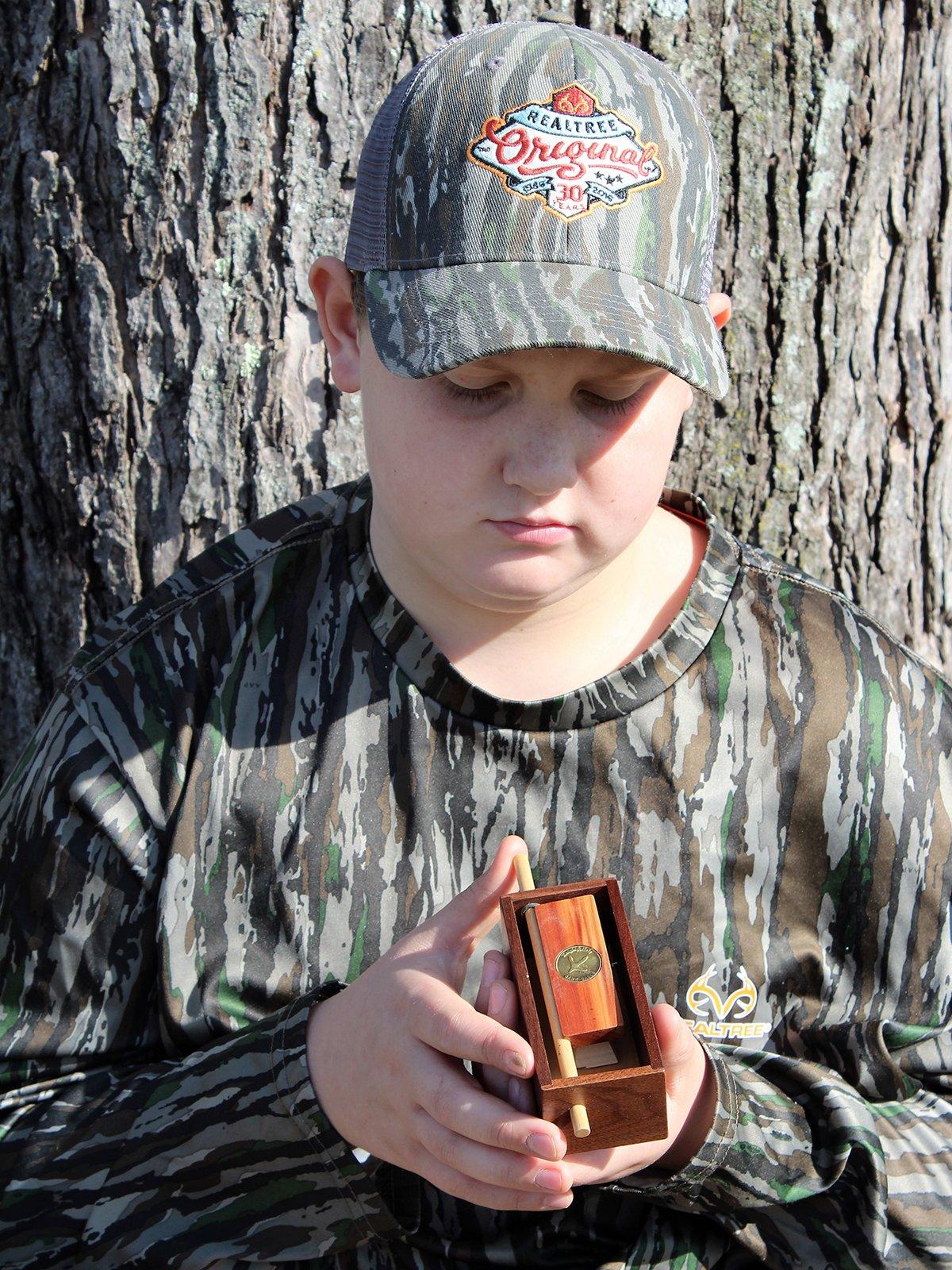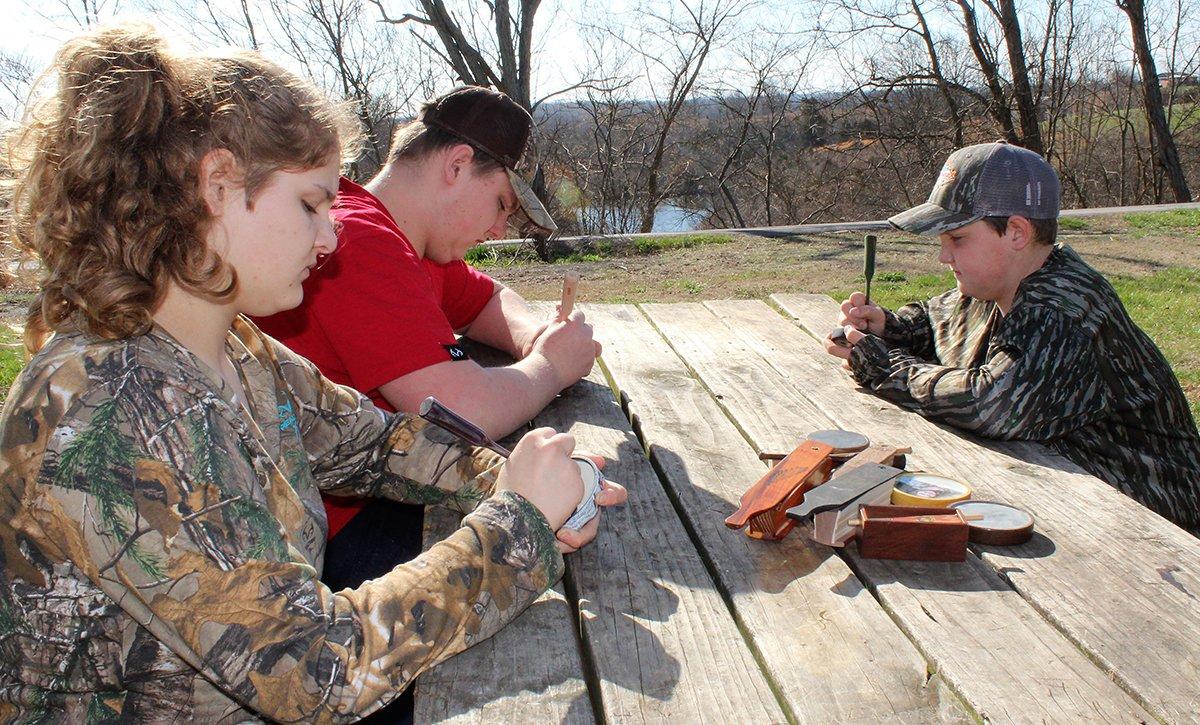Use This Advice to Mentor Young Turkey Hunters
Use these five tips to teach kids how to call turkeys.
1. Start with an Easy-to-Run Call

Keep the call well-chalked to make it run smoothly.
Next up on the ease-of-use scale are friction calls. Slate or box calls are perfect. Find one that is easy to make a good sound on. The Knight & Hale Ol' Yeller is excellent. Make sure they know that each call doesn't have to sound perfect.
Some of the worst calling I've ever heard in the spring woods turned out to be a hen.
2. Make Use of Online Tutorials
A lot of us old-school turkey hunters learned by listening to cassette tapes. I ran across an old one from the mid '80s the other day in a box of discarded hunting stuff.
Today, there is a better option.
Videos from Realtree.com or YouTube not only teach the sounds of a wild turkey, but they show exact hand placement on calls, how to hold the call while running it, and even proper mouth placement on diaphragm calls.
Watch the video here.
As the father of three teenagers, trust me when I tell you that today's youth are geared to learn from these videos in ways we older guys and gals can't even comprehend.
3. Listen to Live Birds
With the explosion of wild turkey populations all over the country, most of us live close to a park or wildlife area that boasts a population of turkeys. Often, these birds are accustomed to people and pay us no mind as they go about their daily lives. Spend some time just watching and listening to live birds interact with each other. Make sure they pay close attention to the rhythm of the hen's yelp, the contented purrs as the birds feed, and the quietness of the clucks.
If the area you are in is a non-hunting area, and it's permitted, let the kids call to the birds to see how they react.
Even experienced hunters have a tendency to overcall in the field. Youngsters fall prey to that same bad habit. Potroast, my youngest, would call nonstop from the time he sat down until it was time to leave if I didn't remind him from time to time to stop and think about the live birds, and how infrequently they actually called out to each other as they fed along.
4. Get Calls that Fit Them
Do they have small hands? Try a smaller slate call, pocket calls of 2.5 to 3.5 inches are perfect for little hands to hold onto. If your youngster is ready to try a mouth diaphragm, go with one of the small-frame varieties made specifically for small mouths. Can't find a small-frame call? Get out a pair of scissors and start trimming on a regular diaphragm. Take off just a bit at a time until it fits the caller's mouth.
5. Keep Practice Fun
We all know that practice makes perfect, but kids won't put in the time if it isn't fun.
Make practice a family activity that you can do together.
Try making a call, then let the kids try to repeat it.
Besides, a little extra practice probably won't hurt your spring hunting, either.
Go here for more Realtree turkey hunting. Follow us on Facebook.
And go here for Michael Pendley's Timber 2 Table recipes.
Editor's note: This Realtree.com article was first published March 13, 2017.











